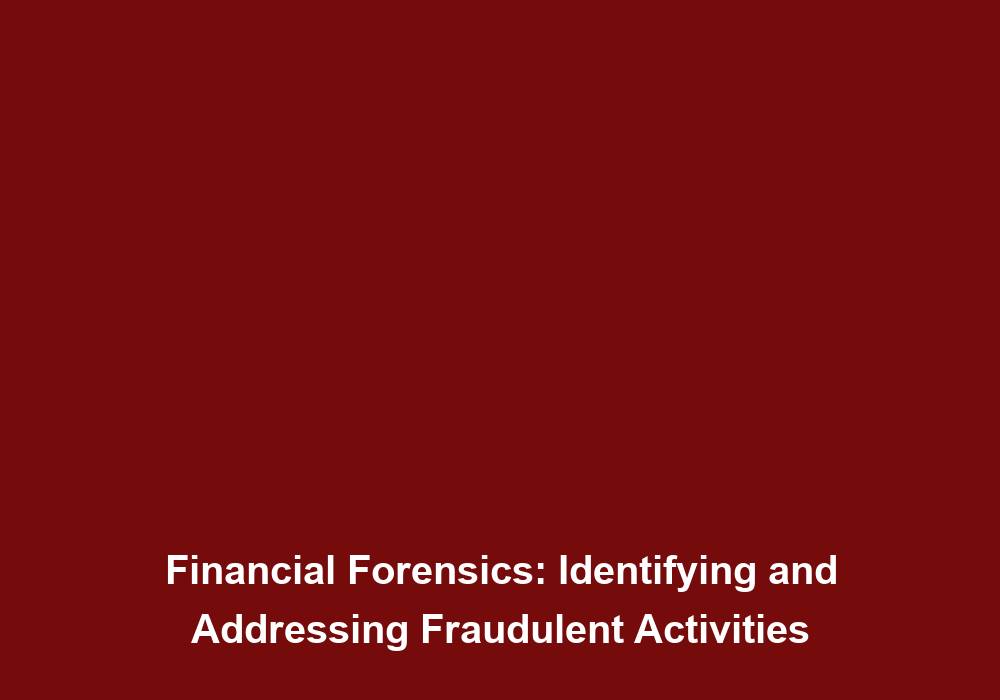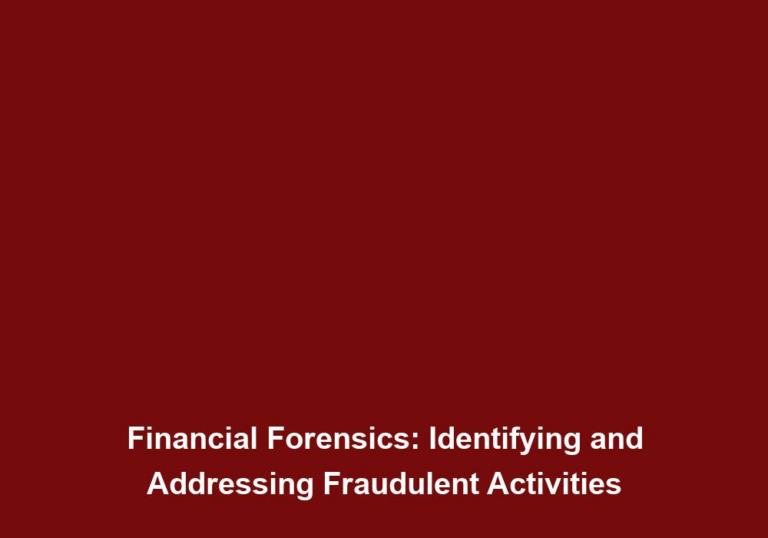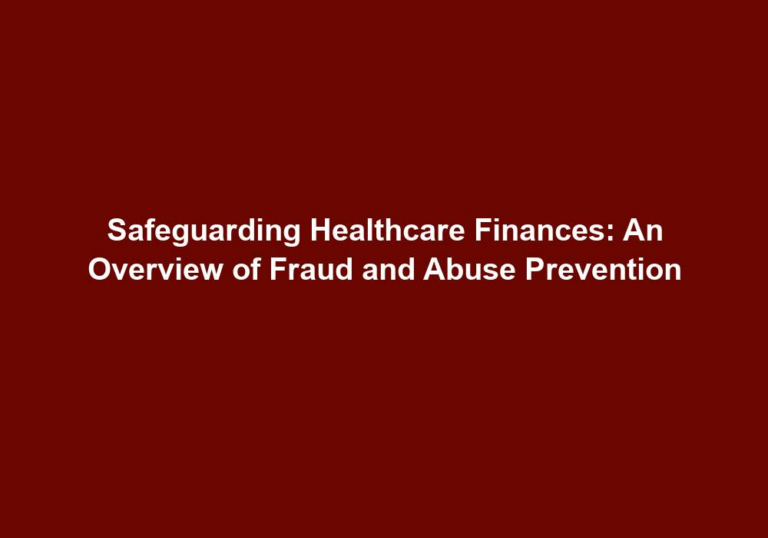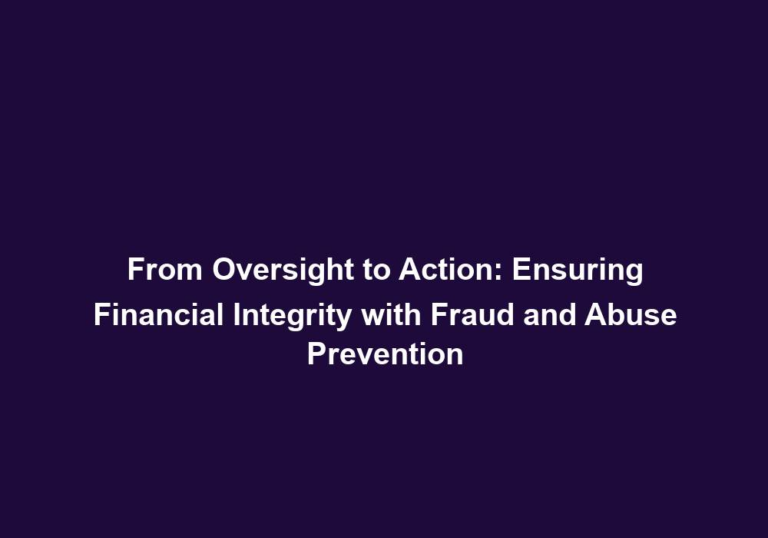Spotting the Red Flags: Techniques for Recognizing Fraudulent Activities in Healthcare
The healthcare industry is constantly evolving, and with advancements in technology, it has become easier for fraudulent activities to take place. Fraudulent activity in healthcare can have severe consequences, not only for the financial well-being of healthcare organizations but also for the patients who may receive substandard care or unnecessary treatments. It is crucial for healthcare professionals to be vigilant and equipped with the necessary techniques to recognize and combat fraudulent activity. In this article, we will discuss various red flags and strategies that can help in spotting and addressing fraudulent activities in healthcare.
Understanding Healthcare Fraud
Healthcare fraud refers to intentional deception or misrepresentation that results in unauthorized benefits, financial gain, or unnecessary costs to the healthcare system. Fraudulent activities can involve healthcare providers, insurance companies, patients, and even pharmaceutical companies. The consequences of healthcare fraud are not limited to financial losses; they can also lead to compromised patient safety, compromised quality of care, and hinder the overall trust in the healthcare system.
To effectively combat healthcare fraud, it is essential to understand the different types of fraudulent activities that can occur. These can include:
- Billing irregularities: Excessive billing, duplicate billing, or billing for services not rendered are common signs of healthcare fraud. Organizations should implement robust billing systems and conduct regular audits to identify any irregularities and rectify them promptly.
- Unnecessary medical procedures or treatments: One of the most significant red flags for healthcare fraud is the performance of unnecessary medical procedures or treatments. Healthcare professionals should always prioritize evidence-based medicine and follow established guidelines when making treatment decisions.
- Upcoding and unbundling: Upcoding refers to the practice of billing for a higher level of service than what was actually provided, while unbundling involves billing for individual services that should be billed as a package. Regular coding audits and staff training can help identify and prevent these practices.
- Kickbacks and self-referrals: Kickbacks occur when healthcare providers receive financial incentives or rewards in exchange for referring patients to specific services or facilities. Self-referrals involve healthcare providers referring patients to their own facilities or services. Healthcare organizations should implement policies and procedures that strictly regulate referral practices.
- Phantom billing and nonexistent patients: Phantom billing refers to billing for services that were never provided, while nonexistent patients involve submitting claims for individuals who do not exist. Regularly reviewing patient records, conducting audits, and cross-checking billing information can help in identifying such fraudulent activities.
- Identity theft and medical identity theft: Identity theft in healthcare occurs when someone uses another person’s identity to obtain medical services or benefits. Medical identity theft involves the fraudulent use of an individual’s personal information for medical purposes. Implementing robust identity verification protocols and educating patients about protecting their personal information are essential preventive measures.
Strategies for Combating Healthcare Fraud
Identifying and recognizing red flags is the first step in combating healthcare fraud. Here are some strategies that healthcare organizations can adopt to prevent and address fraudulent activity effectively:
-
Education and Training: Providing education and training to healthcare professionals about the various types of healthcare fraud, their consequences, and how to identify red flags is crucial. Continuous training can ensure that healthcare providers stay up-to-date with the latest fraud schemes and prevention techniques.
-
Implementing Strong Internal Controls: Healthcare organizations should establish strong internal controls and regularly review their policies and procedures to ensure compliance with regulations. Implementing segregation of duties, regular audits, and conducting thorough background checks for employees can help detect and prevent fraudulent activities.
-
Collaboration and Reporting: Collaboration between healthcare organizations, law enforcement agencies, and insurance companies is essential in detecting and investigating healthcare fraud. Reporting suspicious activities to the appropriate authorities can lead to timely intervention and prevention of further fraudulent activities.
-
Utilizing Data Analytics and Technology: Leveraging data analytics and technology can significantly enhance the ability to detect and prevent healthcare fraud. Advanced algorithms and predictive models can flag outliers and unusual patterns for further investigation. Implementing robust electronic health record (EHR) systems and secure data management protocols can also help protect patient information and prevent identity theft.
-
Monitoring and Auditing: Regular monitoring and auditing of billing practices, coding, and documentation can help identify discrepancies and address potential fraudulent activities promptly. Conducting internal audits and engaging external audit firms can provide an unbiased assessment of compliance and identify areas for improvement.
-
Encouraging Whistleblowing: Creating a culture that encourages employees and stakeholders to report suspicious activities without fear of retaliation is crucial in combating healthcare fraud. Whistleblower programs can provide protection and incentives for individuals who come forward with valuable information.
Conclusion
Spotting and addressing fraudulent activities in healthcare is an ongoing challenge. By understanding the red flags and implementing preventive measures, healthcare professionals can play a crucial role in combating healthcare fraud. Education, training, strong internal controls, collaboration, and leveraging technology are essential strategies for identifying and addressing fraudulent activity. By working together, healthcare organizations, law enforcement agencies, and insurance companies can protect the integrity of the healthcare system and ensure the well-being of patients.







